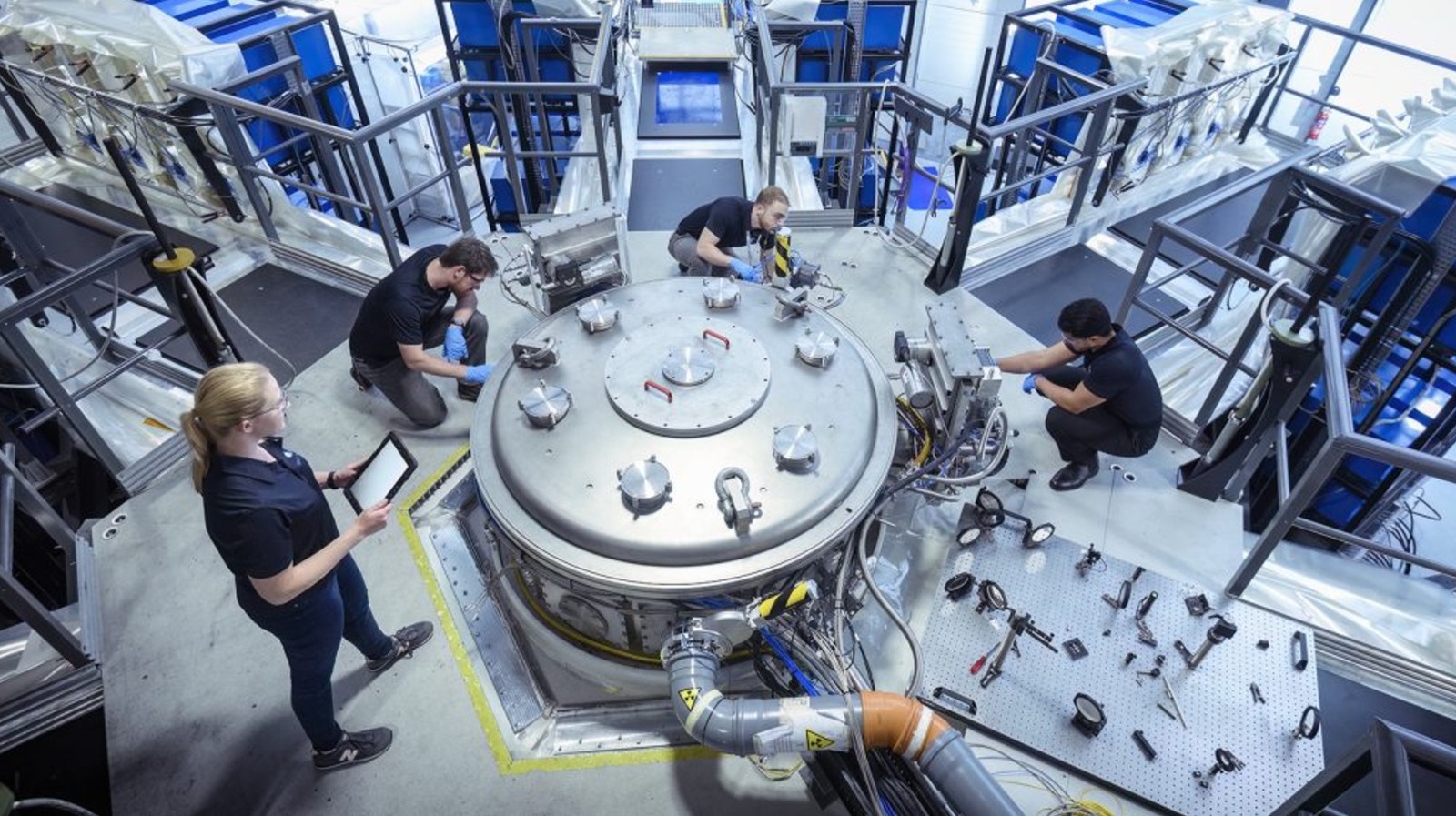A significant breakthrough in fusion energy has emerged from the United Kingdom, marking a promising step toward the potential creation of a commercially viable fusion reactor. First Light Fusion (FLF) has developed a method that achieves “high gain” inertial fusion, a critical milestone in the quest for sustainable energy sources. This advancement could pave the way for fusion power to provide an almost limitless supply of energy, potentially transforming the global energy landscape.
Fusion power operates on the principle of generating electricity from the heat released during nuclear fusion reactions. In essence, fusion occurs when two light atomic nuclei combine, forming a heavier nucleus and releasing tremendous energy in the process. If harnessed effectively, fusion power could significantly reduce reliance on fossil fuels, thus lowering greenhouse gas emissions and combating climate change.
Despite extensive research into fusion technology, a functioning reactor has eluded scientists for decades. However, FLF’s recent achievement brings this dream closer to reality. The company’s innovative process, known as FLARE (Fusion via Low-power Assembly and Rapid Excitation), has the potential to achieve a gain of 1,000, a substantial leap from the current maximum gain of four recorded by the U.S. Department of Energy’s National Ignition Facility in May 2025.
Breakthrough Methodology and Implications
The key to FLARE lies in its unique approach to compressing and heating fuel. Instead of combining these processes as in traditional methods, FLF separates them. Initially, the fuel is compressed, generating a significant surplus of energy, a technique referred to as “fast ignition.” This groundbreaking approach allows FLF to utilize previously theoretical concepts that had not yet been realized in practical applications.
In a white paper published by First Light Fusion, the company posits that a single kilogram (approximately 2.2 lbs.) of fusion fuel possesses energy equivalent to that of 10 million kg (over 22 million lbs.) of coal. Achieving fusion ignition involves heating the fuel to around 100 million kelvin, a temperature far exceeding that of the sun. While generating such intense heat demands substantial energy initially, the prospect of achieving self-sustaining fusion could lead to a net gain in energy production that far surpasses the energy input.
The implications of this breakthrough are profound. If FLARE functions as theorized, it could revolutionize energy production, setting the stage for a network of fusion reactors that could power the globe sustainably. This shift away from coal and gas could not only replace non-renewable energy sources but also contribute significantly to reducing global carbon emissions.
Future Prospects for Fusion Power
While this achievement represents a monumental leap forward, it is essential to recognize that it is just one step on a long journey toward operational fusion power plants. Researchers continue to face numerous technical challenges before fusion energy becomes a mainstream reality. Nonetheless, the progress made by First Light Fusion injects optimism into the ongoing pursuit of fusion technology.
As developments in fusion research continue to unfold, the potential for achieving sustainable, clean energy is becoming increasingly tangible. The advancements made by First Light Fusion serve as a reminder of the possibilities that lie ahead, with a future potentially free from the constraints of fossil fuels. With ongoing innovation and investment in fusion research, the question may soon shift from if we can achieve fusion energy to when it will become a fundamental part of our energy infrastructure.







